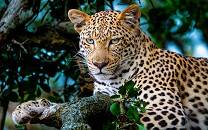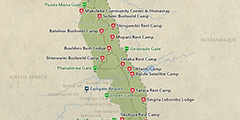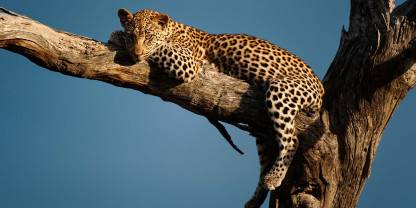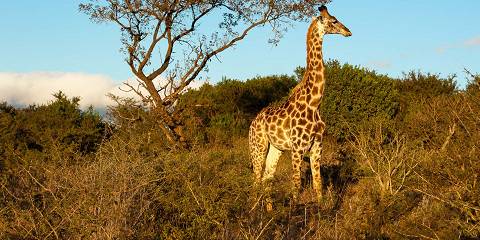Kruger National Park is justifiably one of the most famous parks in Africa. The park is the size of a small country and supports a huge variety of wildlife. All of the Big Five are present in large numbers. A comprehensive road network that is fine for 2WD cars means Kruger is one of the best parks for self-drive safaris.

-
Best Time To Go
- May to September (Dry season)
-
High Season
- December to January and July to August
-
Size
- 19,485km² / 7,523mi²
-
Altitude
-
140-783m /459-2,569ft
 View Photos
View Photos
 View Photos
+24
Photos
View Photos
+24
Photos
 Open Map
Open Map
Pros & Cons
- Teeming with a breathtaking diversity of wildlife
- Birdlife is phenomenal
- Excellent self-drive destination with good facilities and roads
- Good choice of lodges and rest camps for all budgets
- The far south gets very busy in high season
- Trunk roads are tarred and lack wilderness appeal
Wildlife
Kruger National Park offers magnificent wildlife viewing. All the major safari animals are present including the Big Five. The big cats are present in healthy numbers, and lions, in particular, are frequently seen. Elephant and buffalo are common throughout, while white rhino, though still numerous, are under threat from poaching. Kruger NP has a wide variety of antelope including greater kudu and the very common impala.
More about Kruger’s wildlifeScenery
Kruger’s main habitat is woodland savannah, and the vegetation is relatively thick throughout, especially during the Wet season. The gently undulating landscape has its highest peak at Khandzalive (839m), in the southwest. Olifants Camp sitting high on a bluff overlooking the Olifants River is a scenic highlight with jaw-dropping views. Trees to look out for include the baobab in the tropical north and the striking yellow fever tree near water.
Weather & Climate
Kruger experiences a hot and tropical summer, from October to April, and this is when the park receives most of its annual rainfall. Storm activity is common during the afternoons. The milder winter, from May to September, is more comfortable for visitors, although it can get chilly overnight.
More about the weather and climateBest Time To Visit
The Dry season (May to September) is usually regarded as the best time to visit Kruger. Skies are normally clear, wildlife viewing is at a premium and it is low season – a big drawcard for a park that can get very busy (especially in the south). However, if birding is your interest, consider scheduling your trip during the Wet season (October to April) when a multitude of migrant birds arrives.
More about the best time to visit


_1269_65856374115bf.480x240-35.jpg)
